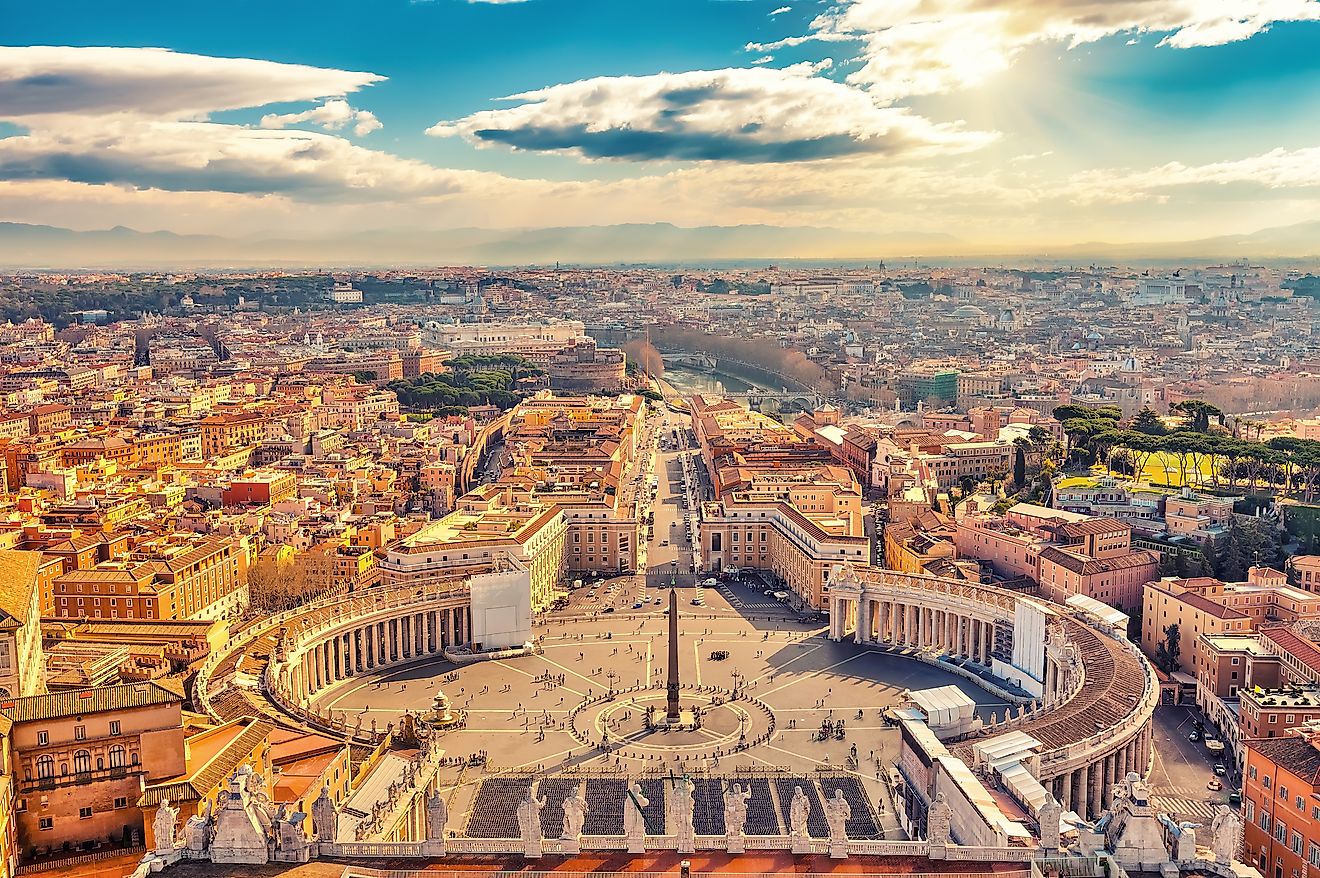What is the Difference Between the Vatican City and the Holy See?

- The Vatican City is the Smallest Country in the world with a population of about 1,000 people.
- Holy See is the administrative body of the worldwide Catholic Church
- The Pope is the head of both Vatican City and Holy See
- The Holy See is administered by Roman Curia
Let’s face it. Most people erroneously refer to the Vatican City as Holy See and vice versa. This confusion is because either the people do not know the difference between the two or the fact that the Vatican City is home to the See of Rome (Pope). The mistake is further compounded by the fact that the Pope or Bishop of Rome is the head of both the Holy See and the Vatican City. However, the reality is that there is a distinction between the two and should not be used interchangeably. In this article, we shall explore what Holy See and the Vatican City are all about and draw the parallel between them.
Vatican City Is A City-State (Geographical Region)

The truth is that the Catholic Church has a unique status in the world because of its religious and political influence. The Pope, who is the head of the Catholic Church, is both a political and religious leader. He is the head of both the Vatican City and the Holy See.
The Vatican City is a city-state and the world’s smallest country by both population and geographical size. It covers an area of approximately 0.2 square miles and has a population of about 1,000 people. Although the city-state is an enclave within Italy’s capital city, Rome, it is a distinct territory with sovereign authority and exclusive dominion.
The Vatican was created in 1929 following the signing of the Lateran Treaty between the Kingdom of Italy and the Pope (Pope Pius XI). According to this treaty, Italy fully recognizes the Holy See’s jurisdiction and sovereignty. The Vatican is not just an ordinary city-state but a sacerdotal or ecclesiastical state, whose head (the Pope) is also the head of the Catholic Church. The current head of the Catholic Church and Vatican City is Pope Francis. Thus, the city-state saves as the Papal state’s headquarters and houses the Apostolic Palace where the Pope resides.
Within the Vatican are the Vatican Gardens, covering about half of the territory, Vatican Museum, and St. Peter’s Basilica, the world’s largest church.
Holy See Is The Jurisdiction of the Pope (Administrative Entity)

The See of Rome, commonly known as the Holy See, is the jurisdiction of the Pope, the Bishop of Rome. Such jurisdiction includes the worldwide Catholic Church, ecclesiastical jurisdiction (episcopal see), and the Vatican City. It is recognized as a sovereign entity by international bodies such as the UN, Council of Europe, Organization of American States, and others, and maintains diplomatic relations with over 180 countries.
Although the Holy See is often mistakenly referred to as the Vatican City, the See of Rome is not an independent state. However, the Holy See is headquartered in the Vatican and administered by the Roman Curia, Catholic Church’s central government. The Pope exercises authority over the Catholic Church through the Roman Curia. The Curia is made up of the Secretariat of State, Pontiff Councils, Pontiff Commissions, three Tribunals, and nine Congregations. Only the Secretariat of State is located within the Vatican City.
Unlike the Vatican City, established in 1929 by the Lateran Treaty, the Holy See was founded by Apostles Paul and Peter in the first century. The Catholic Church was first recognized as the state church of the Roman Empire in 380 during the reign of Emperor Theodosius the Great.
Summary
While the Vatican City and Holy See are often mistakenly used interchangeably, the two are distinct. The Vatican City is a city-state, meaning that it is a distinct geographical entity and the world’s smallest country by population and size, with the Pope as the head of state. However, Holy See is not a geographic region or country, but a sovereign entity and the jurisdiction of the Pope. It is the central governing body of the worldwide Catholic Church, headquartered in the Vatican City. So, Vatican City is used when referring to a country while Holy See is used when referring to the area governed by the Bishop of Rome, which includes the Vatican and the entire Catholic Church.











